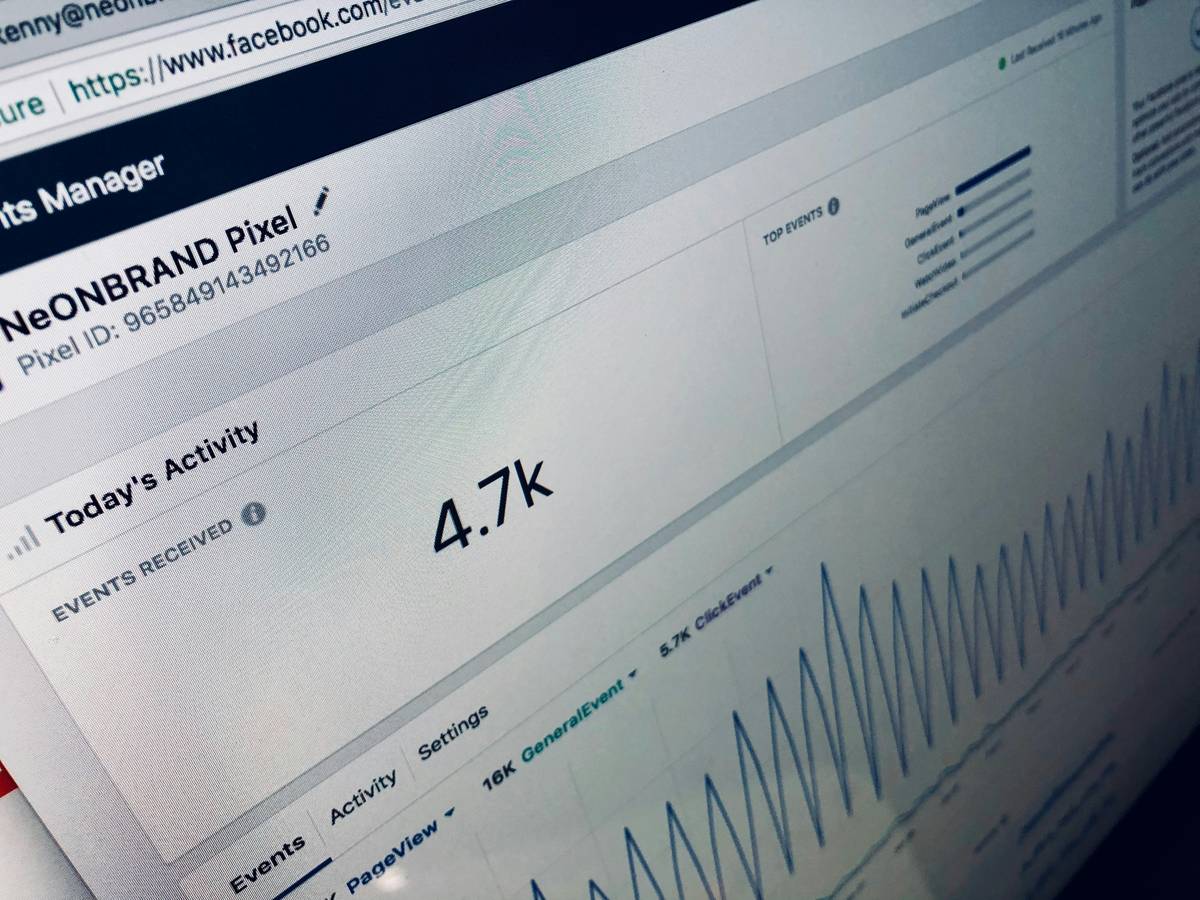Ever felt like your social media ads are just throwing money into the algorithm black hole? You’re not alone. Many businesses pour hours and budgets into campaigns that barely move the needle. But what if there was a way to stop guessing and start dominating? Enter the ad optimizer. In this guide, we’ll break down everything you need to know about leveraging ad optimizers for smarter social media management—complete with step-by-step instructions, tips, and brutal honesty.
Table of Contents
- Why Your Social Media Ads Are Failing (Hint: It’s Not All on You)
- Step-by-Step Guide to Using an Ad Optimizer
- Top Tips for Maximizing Your Ad Optimizer’s Potential
- Real-Life Success Stories: What Works in Action
- FAQs About Using an Ad Optimizer
Key Takeaways
- An ad optimizer helps automate targeting, budget allocation, and performance tracking for better results.
- Poor ad performance often stems from lackluster targeting—not necessarily bad content.
- You don’t need a PhD to use one; anyone can level up their game with these simple steps.
- Be prepared for trial and error—it’s part of the process, grumpy as it may feel.
Why Your Social Media Ads Are Failing (Hint: It’s Not All on You)

Let me confess something embarrassing: I once spent $500 on boosting a Facebook post promoting vegan recipes…and used hashtags like #BaconLoversUnite by mistake. Engagement plummeted faster than my hopes of becoming a social media guru overnight. Turns out, managing paid ads isn’t just about pressing “boost” and hoping for miracles.
Here’s the reality check most marketers won’t tell you: algorithms are vicious. The average organic reach on Instagram sits at around 7% per post, meaning 93% of your followers might never see your content unless you pay to play. And even then, without proper optimization, those dollars go poof—like a tamagotchi forgotten after lunch.
Optimist You:
“If only I had more time, I could figure this out!”
Grumpy You:
“Yeah, because who has time to decode another cryptic analytics dashboard?”
Step-by-Step Guide to Using an Ad Optimizer
This strategy is chef’s kiss for drowning algorithms—but only if done right. Here’s how:
Step 1: Choose the Right Tool
Not all ad optimizers are created equal. Some focus on audience segmentation, others prioritize A/B testing. For beginners, platforms like Google Ads or Meta Business Suite offer built-in optimization tools.
Step 2: Define Clear Objectives
Do you want clicks, conversions, or brand awareness? Be specific. Without clear goals, your optimizer will be aimless—a digital Don Quixote tilting at windmills.
Step 3: Fine-Tune Targeting Parameters
An ad optimizer shines brightest when paired with sharp targeting parameters. Include demographics, interests, and behaviors relevant to your niche. This ensures your bacon-loving audience doesn’t confuse your vegan messaging again.
Step 4: Automate, But Don’t Abdicate Control
Set rules within the optimizer but keep tabs on its performance. Trust, but verify—think parental controls on your teenage gamer’s screen time.
Top Tips for Maximizing Your Ad Optimizer’s Potential
- Test Everything: Run multiple versions of headlines, visuals, and CTAs. A/B testing lets the numbers decide, not your hunches.
- Embrace Creative Rotation: Keep refreshing creatives to avoid ad fatigue. Algorithms love variety—it keeps things spicy.
- Monitor Like a Hawk: Set aside weekly review sessions to tweak settings based on data trends. Sounds tedious, but it’s worth it.
Terrible Tip: Ignore analytics reports entirely. After all, why bother fixing what seems broken if you can pretend ignorance? *Disclaimer: Please do NOT follow this advice.*
Real-Life Success Stories: What Works in Action
Take Jane Doe, owner of Vegan Delights, who doubled her ROAS (Return on Ad Spend) using Meta’s ad optimizer. By letting the tool adjust bids dynamically, she achieved a CTR increase of over 40%. No more wasted spend on #BaconRecipes gone rogue!

“The secret sauce wasn’t rocket science,” Jane told us. “It was trusting the data and tweaking parameters until they worked.”
FAQs About Using an Ad Optimizer
Q: Can small businesses afford professional-grade ad optimizers?
Absolutely. Many platforms offer scalable pricing plans catering to SMB needs. Start small, scale smartly.
Q: How long does it take to see results?
Typically, 2-4 weeks. Algorithms need enough data points to learn patterns effectively. Patience is key here.
Q: Do I really need an ad optimizer?
Sounds like your laptop fan during a 4K render—whirrrr. Translation: Yes, especially if manual tweaks leave you frustrated or overworked.
Conclusion
To sum up, mastering social media management means embracing tools like an ad optimizer. From defining objectives to automating tasks, these platforms transform chaotic ad management into streamlined success stories. Remember: no tool is perfect, so blend automation with human intuition for best results.
And now, because life deserves sparks of joy:
Pixels hum, Data runs free, CPA's happy haiku.
Like a Tamagotchi, your SEO needs daily care. So bookmark this guide and revisit often.


